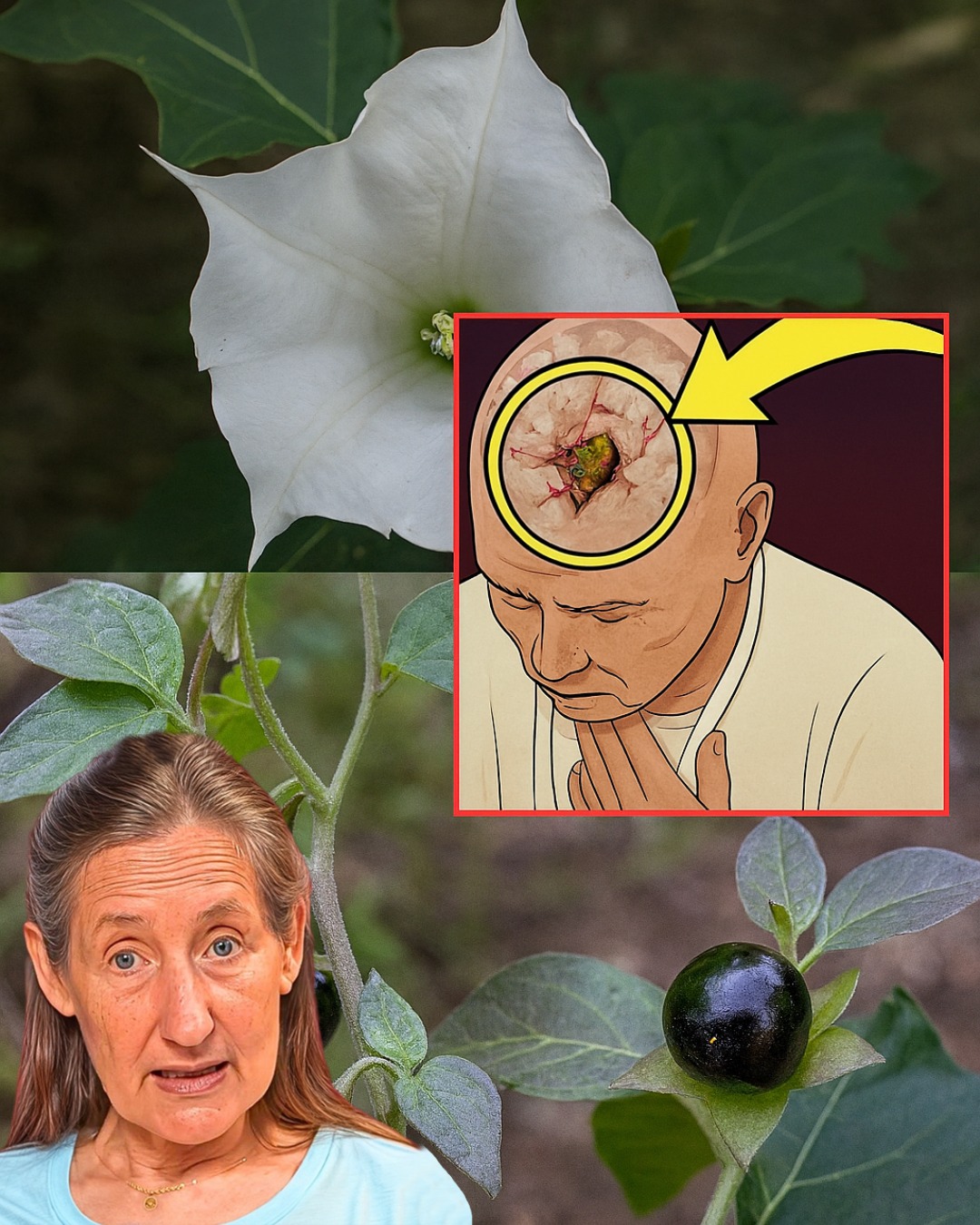Picture this: you’re wandering through your garden at dusk, drawn to a cluster of elegant, trumpet-shaped flowers glowing softly in the fading light. Their sweet fragrance fills the air, tempting you to lean closer. But beneath this fairy-tale beauty lies a dark secret. Datura stramonium, known as jimsonweed or devil’s trumpet, is a plant as perilous as it is captivating. For gardeners, parents, and health-conscious individuals, understanding this plant’s allure and its hidden dangers is crucial to keeping your loved ones safe. Let’s uncover the mystique of datura, explore its risks, and learn how to protect your family and garden from its toxic charm.
What Is Datura Stramonium?
Datura stramonium, a member of the nightshade family, grows wild across North and Central America and has spread globally, thriving in disturbed soils like roadsides, vacant lots, and even backyard gardens. Unlike its edible relatives—think tomatoes or eggplants—datura is anything but harmless. Its striking appearance and rapid growth make it a common, yet deceptive, presence in gardens and wild spaces. For anyone who spends time outdoors, especially families with children or pets, recognizing this plant is the first step to staying safe.
How to Spot Datura in Your Garden
Identifying datura is easier when you know its telltale signs. Here’s what to look for to keep your garden safe:
🌿 Height and Structure: Reaches 5–6 feet tall, standing out in garden beds or wild patches.
🍃 Leaves: Large, dark green, with jagged, irregular edges that give them a rugged, distinctive look.
🌸 Flowers: White or purple trumpet-shaped blooms that unfurl at night, releasing a sweet, alluring scent.
🌰 Seed Pods: Spiky, round “thorn apples” that burst open when mature, spilling tiny black seeds.
Every part of the plant—leaves, flowers, seeds, and roots—is loaded with toxins. If you spot these features in your yard, proceed with caution to avoid accidental exposure.
